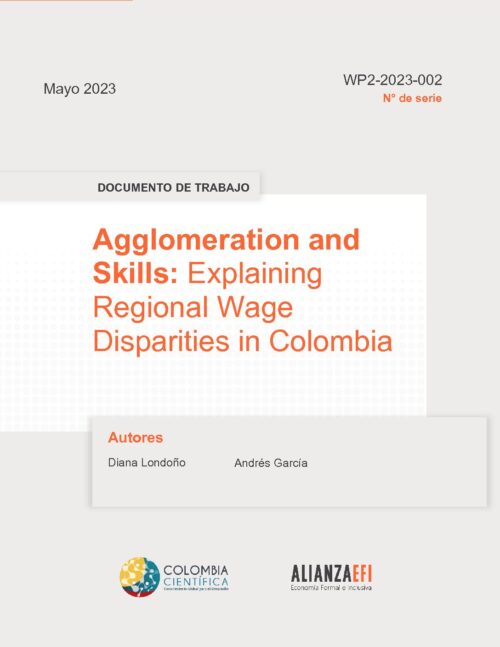This article aims to analyze the differences in regional labor markets in Colombia based on new theories that integrate the analysis of occupational characteristics of the workforce, urban agglomeration, and specialization patterns. In this way, it contributes to the Colombian literature since i) it adapts the classification of occupations, an important input to understanding the occupational dynamics; ii) it quantifies the wage premium differentials, incorporating skills, and iii) it decomposes the differences through the Oaxaca-Blinder model, and iv) it analyzes the differences at various points of the wage distribution based on a RIF influence function. The results allow us to conclude that there is a premium in labor income differentiated in skills for the same occupation between cities in Colombia. Likewise, evidence of a significant effect in the sectoral, geographic specialization leads to greater differences in labor income. Finally, this analysis is a key input for public policy formulation that reduces adjustments and structural skills gaps between different cities in Colombia.
Autores:
- Andrés García-Suaza
- Diana Londoño
Palabras clave:
- agglomeration
- occupational heterogeneity
- salary differences
- skills bonus
Categorías:
- Proyecto 2
- Documentos de trabajo
